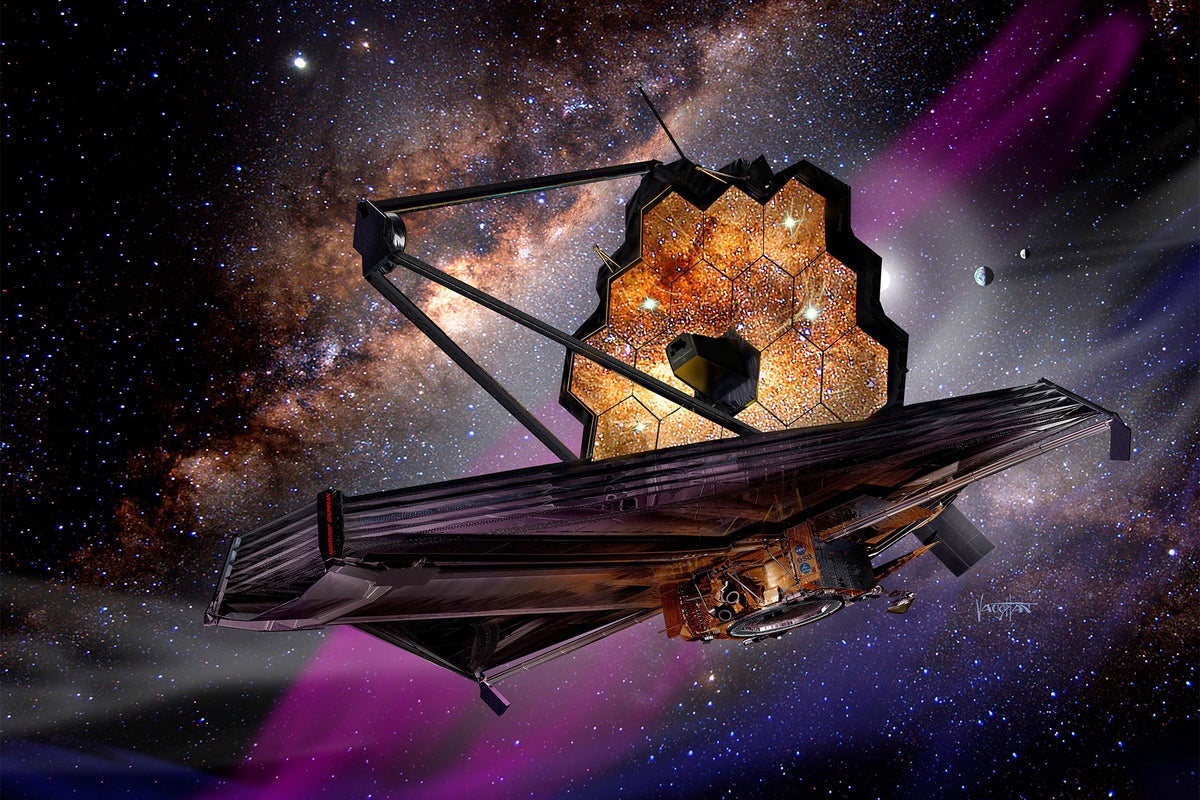Summ:
-
The James Webb Space Telescope (JWST) has discovered the most distant galaxy ever confirmed, named JADES-GS-z14-0, which appears as it existed just 290 million years after the Big Bang.
-
The discovery of this surprisingly luminous and massive early galaxy challenges theories about how galaxies formed in the cosmic dawn
-
JWST has been repeatedly breaking its own records for the most distant galaxies since beginning operations in 2022
more about:
 24·3 days ago
24·3 days ago


